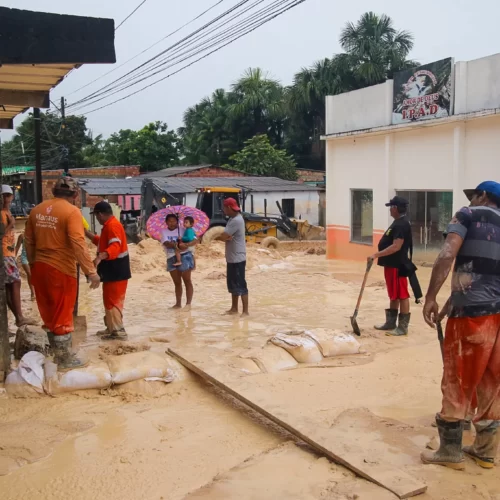On September 15th, vice president Hamilton Mourão accused public servant experts from Inpe, the National Institute on Space Research, of making political opposition to the federal government. According to the VP, positive results about reducing forest fires were not being publicized by the Institute — that is the federal organ in charge of monitoring deforestation in Brazil. “Someone from the inside is opposing the government. I want to make this very clear here”, he said, citing official data that showed that the country registered 5,000 fire hotspots less in 2020 compared to the same period on January-August 2019. However, data from Inpe contradicts the VP’s narrative, indicating that there were more fires in the Amazon in the first two weeks of September 2020 (20,485 hotspots) than for the entire month of September in 2019 (19,925 hotspots).
According to satellite monitoring experts, Inpe’s system is unique in the world, allowing real time follow up, data transparency and civil society participation.
Beyond the attacks coming from the presidential wing, in an inquiry at the Unions Finance Court (TCU) about the purchase of satellite images, the Federal Police declared that Inpe provoques disinformation against new monitoring initiatives in order to maintain control over the narrative and knowledge of deforestation in Brazil. The Federal Police also called Inpe’s work “insufficient” and accused it of not doing enough for public safety. On September 19th, finance court minister Ana Arraes suspended the R$49 million reais contract between the Federal Police and satellite company Planet, alleging that the purchased system does not aggregate advantages when compared to the technology already in use by Inpe. The contract between the Federal Police and the company Planet was funded by the Ministry of Justice.
Three days later, Norway’s Ministry of Climate and Environment announced an international deal with Kongsberg Satellite Services together with companies Planet and Airbus to supply free, universal access to tropical forest satellite monitoring in the world, including Brazil. According to the Norwegian government, Planet will supply high resolution maps and monthly updated information for visualization and download, as informed by website O Eco.
Sources:




















